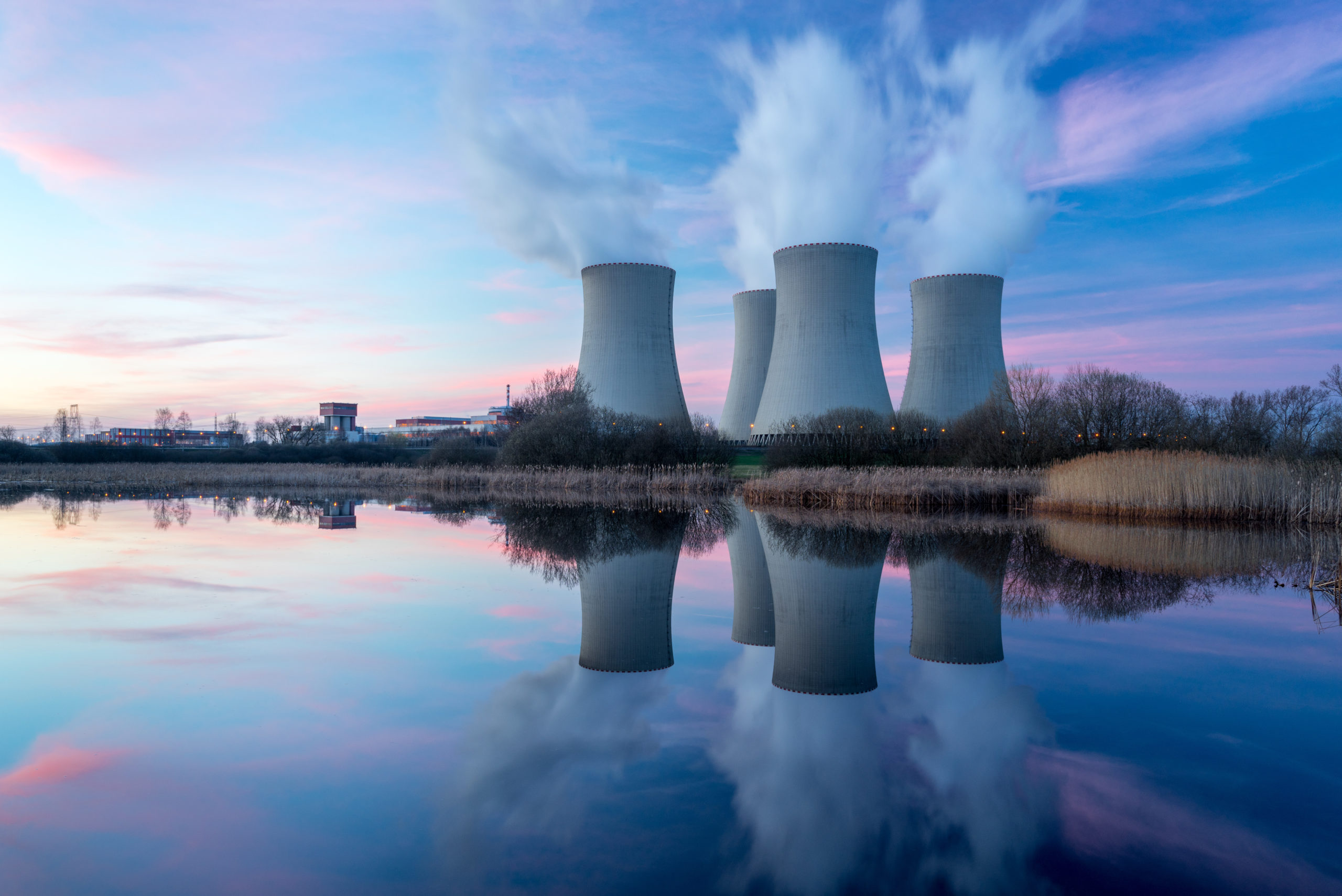Impacts of water constraints on the UK’s energy system
Can Energy & Water Mix?
Despite the obvious safety concerns that arise when energy and water mix, it is essential that these two key sectors work closely together. They have a complex interdependency, often described as a nexus, given that energy is required to produce drinking water and water is required to produce energy.
A recent report by the Energy Systems Catapult, in conjunction with national grid, HR Wallingford, national Gas transmission and PSC starts to explore just one of these interactions regarding the Impacts of water constraints on the UK energy system.
This clearly outlines the need for the two sectors to be working closely together, the opportunities for innovation that arise as a cross-sectoral approach is taken and the benefits of a systems approach, especially when considering the UK’s clean energy transition.
Background
The UK’s most recent Climate Change Risk Assessment in 2021 recognised that UK thermal generation which relied on freshwater could be vulnerable to reduced water supply for cooling. The report describes the assessment of water-related constraints, driven by climate change, could affect the design of a Net Zero energy system by 2050 and how they could impact the energy networks.
It found:
- If access to estuarine and coastal water is limited then freshwater resource constraints will result in the deployment of additional renewable capacity and more expensive but less water-intensive cooling methods for thermal generation.
- Increased thermal generation capacity on the coast and estuaries, if this is possible, may result in a more resilient whole energy system, but it is likely to increase operational and stability challenges for the electricity network.
- Water-related constraints also impact other energy networks including hydrogen and district heat networks, although the impacts vary with specific network and water assumptions.
Cross-Sector innovation opportunities
Work between the energy and water sectors could focus on more detailed localised network impact studies which consider the impact of water constraints and the opportunities for innovation to address these.
Improvements could be made to future energy system planning processes to ensure that there is greater consideration of how water constraints, and their impacts on the energy system and its networks, can be understood earlier.
There are innovation opportunities to consider further water re-use and cooling technologies which would reduce pressures on the water system and also to consider the potential for hydrogen production from wastewater.
Conclusion
This report, although focused on just one part of the energy water nexus, can be built on to help these two sectors providing vital services to innovate together and learn from each other.
Related programme

Cross-Sector Water Innovation Network
A coordinated, cross-sectoral approach to water innovation – one that recognises both the shared challenges and the diverse levers for change.

